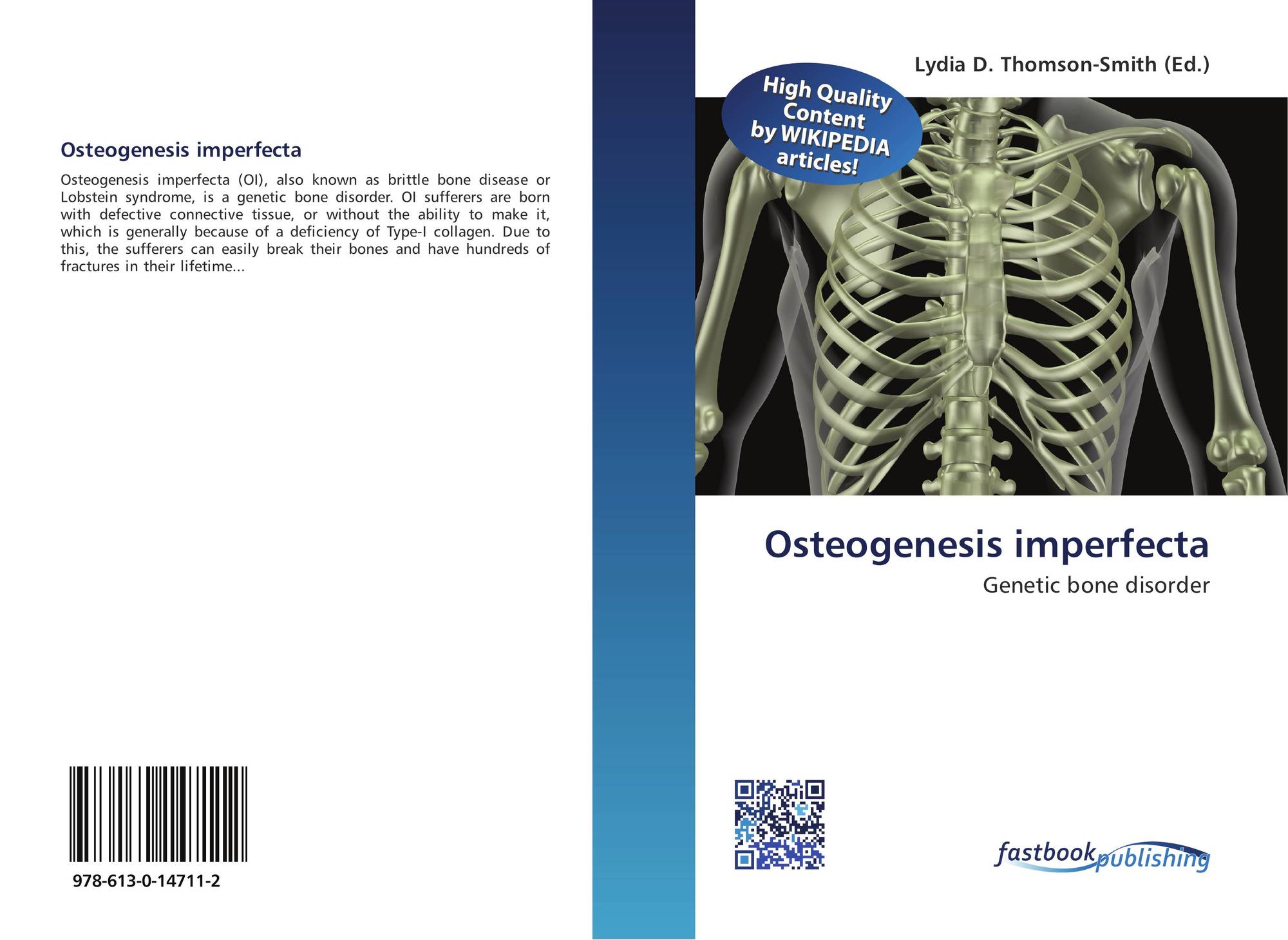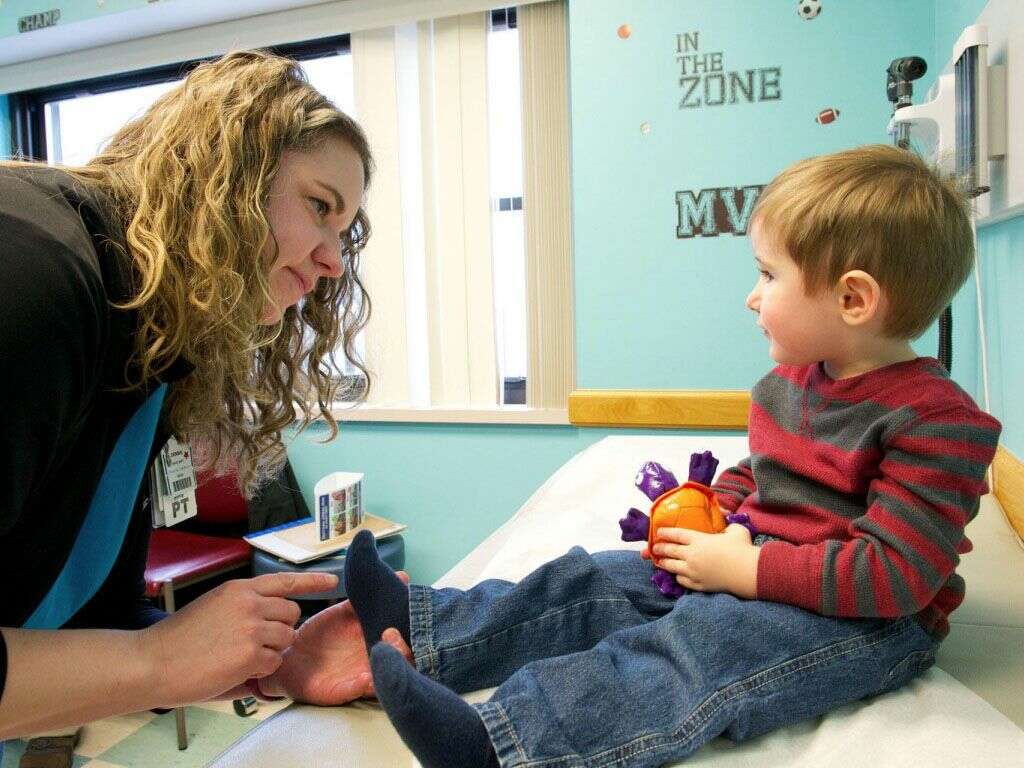
Kate’s death has cemented the distrust between her husband, Johnny, and daughter Marah, who expresses her grief by cutting herself and dropping out of college to hang out with goth poet Paxton. Now Kate has died of cancer, and Tully, whose once-stellar TV talk show career is in free fall, is wracked with guilt over her failure to be there for Kate until her very last days.

When we last left Kate and Tully, the best friends portrayed in Firefly Lane, the friendship was on rocky ground. Hannah’s sequel to Firefly Lane (2008) demonstrates that those who ignore family history are often condemned to repeat it. Worse, the central moral quandary is undermined by an overly pat resolution. However, too often characterization takes a back seat to polemic. Picoult’s strengths are evident in her exhaustively researched and gut-wrenching demonstration of OI’s devastating effects and the impact of a child’s disability on a sibling. Amelia, once a normal teen, becomes a bulimic, self-mutilating shoplifter. Sean is appalled by the implications of the lawsuit: that Willow should never have been born, and that Charlotte, if properly cautioned, would have contemplated abortion. The proceeds from the lawsuit, she rationalizes, would provide the quality of lifetime care Willow needs, even if suing amounts to betrayal. Charlotte decides to file a wrongful-birth lawsuit against Piper. After a vacation at Disney World goes horribly awry, the O’Keefes spiral apart. Although Willow is precocious intellectually and for the most part a joy to be around, her illness is, inarguably, a drain on family finances and emotions. Charlotte abandoned her career to care for Willow 24/7. Now age six, Willow, still toddler-sized, cannot walk, play or even turn over in bed without risking a compound fracture. At 27 weeks, another ultrasound reveals that Charlotte’s daughter has sustained several fractures in utero, a sign that she suffers from osteogenesis imperfecta (OI), a rare congenital defect that causes brittle bones and severe complications (including scoliosis, respiratory problems and years of costly orthopedic interventions). Eighteen weeks into the pregnancy, during a routine ultrasound, Piper, looking for signs of possible Down syndrome, discounts the import of the fetus’s unusually transparent cranium. Charlotte’s best friend Piper unwisely agrees to be her OB-GYN. Although she has a daughter, Amelia, by a previous relationship, she and her new husband, police officer Sean, wanted a child of their own.

In another issue-driven novel, Picoult ( Change of Heart, 2008, etc.) explores the impact of “wrongful birth” litigation on an ordinary New Hampshire family.Ĭharlotte O’Keefe, a prominent pastry chef, was thrilled when she conceived at age 38 without resorting to fertility treatments.


 0 kommentar(er)
0 kommentar(er)
